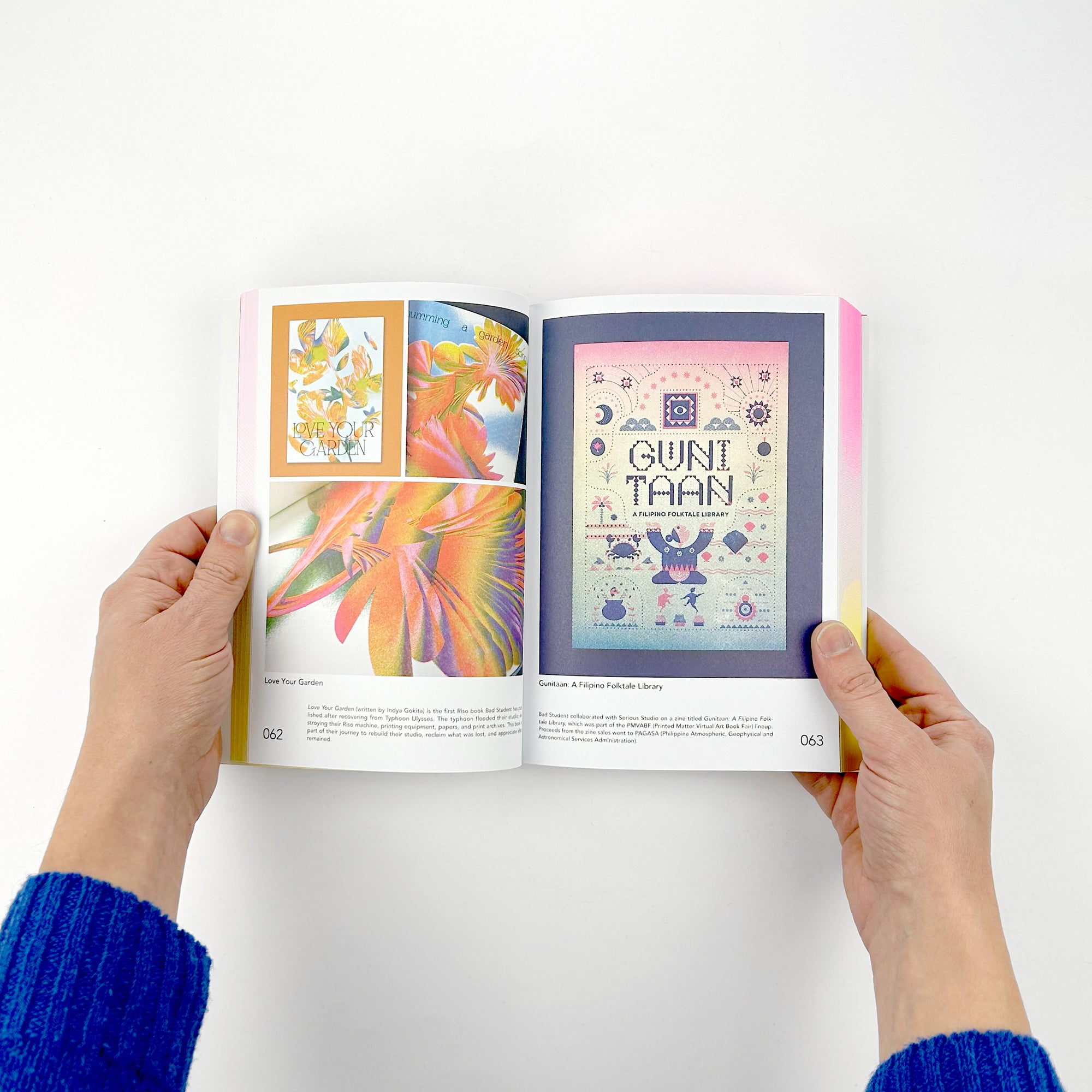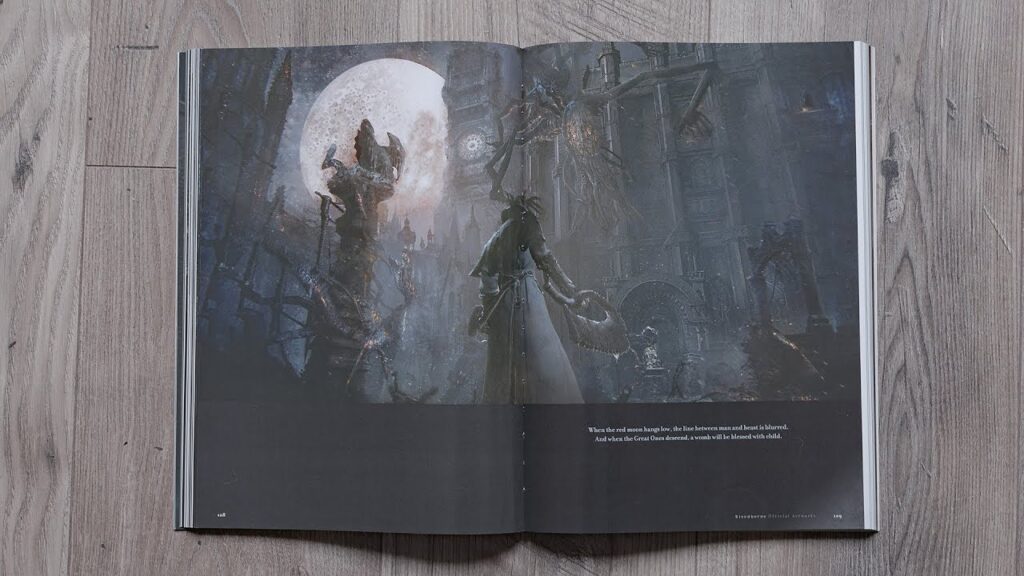How Paper Finish Matters in Your art book Printing
How Paper Finish Matters in Your art book Printing
Blog Article
Comprehending the Process Behind High-Quality Art Book Printing for Art Fanatics
When it comes to top quality art book printing, understanding the details of the process can raise your appreciation for the final item. As you discover the various elements of art book printing, you'll reveal insights that can change your perspective on art conservation and discussion.
The Importance of Paper Choice in Art Book Printing
When it involves art book printing, the choice of paper can make or break the final product. You desire your artwork to shine, and the ideal paper boosts shade vibrancy and detail. Think about aspects like weight, appearance, and finish; these aspects significantly influence how readers perceive your work.
For circumstances, a larger supply communicates top quality and resilience, while a textured surface can add deepness to pictures. Smooth paper is exceptional for thorough recreations, permitting great lines and subtle shades to appear crisp.
Do not ignore the paper's brightness; a brighter sheet can help shades pop, making your art more eye-catching. You'll likewise want to consider exactly how the paper engages with inks and whether it can manage the printing process without deforming or bleed-through. Eventually, choosing the best paper sets the stage for your art, ensuring it captures the audience's focus simply as you imagined.
Selecting the Right Inks for Lively Reproductions
Choosing the appropriate inks is equally as crucial as choosing quality paper to achieve vivid recreations in your art book. When you're printing artwork, you desire shades that pop and accurately stand for the initial item. Opt for inks with a high pigment concentration; these often tend to create richer and much more saturated colors.
You may take into consideration making use of archival inks, which stand up to fading gradually, ensuring your art book stays as striking as the day it was printed. If you're functioning with photos or electronically created art, pigment-based inks can give a larger shade gamut, boosting detail and deepness.
Don't forget the surface! Matte and shiny inks can substantially change the look of your artwork, so believe about the look you're intending to achieve - art book. Inevitably, the best ink option complements your paper choice, creating a sensational aesthetic experience for your readers
The Function of Shade Monitoring in Print Quality
Shade monitoring plays a vital duty in achieving high print quality for your art book. It ensures that the shades you see on your display equate properly to the printed page. Without efficient shade monitoring, your vibrant artworks may show up plain or distorted, weakening your imaginative vision.
Next, utilize color profiles tailored for your printer and paper type. These profiles direct the printer in replicating shades properly, lowering disparities in between electronic and printed versions.
When you prepare your files, consider using a color room like Adobe RGB or CMYK, relying on your printer's requirements. Constantly proof your work, too; a test print can reveal any potential shade concerns prior to the last run. By focusing on color management, you safeguard the honesty of your art, assuring your target market experiences it as you meant.

Comprehending Various Binding Methods
Achieving the excellent appearance for your art book exceeds shade management; binding strategies likewise play a considerable role in its general presentation and longevity. You have a number of options to examine, each with its own special characteristics.
If you're going for a professional feeling, case binding uses a sturdy choice with a tough cover, ideal for showcasing your art work. On the other hand, best binding provides a versatile spine while maintaining prices down, making it a popular selection for softcover publications.
Spiral binding allows your art book to lay level, which is great for showing photos without obstruction. On the other hand, saddle stitching is excellent for smaller brochures, offering a tidy finish without the bulk.
Ultimately, the binding technique you select must mirror your artistic vision and how you desire viewers to engage with your work. Make certain to consider these alternatives carefully to achieve the finest end result for your task.
The Influence of Publish Size and Design on Presentation
While the option of print size and design may seem additional to material, they substantially affect how your art work is regarded. The measurements of your prints can either boost or diminish the impact visite site of your pieces. Bigger prints can attract visitors in, permitting them to value detailed details, while smaller sized styles may call for even more intimate involvement.

Preservation Techniques for Durable Art Books
To ensure your art books stand the examination of time, it's vital to apply reliable preservation strategies. Begin by saving them in a great, dry setting, away from straight sunlight and moisture. This prevents fading and bending, keeping your web pages intact. Use acid-free storage space boxes or protective sleeves to secure them from dust and physical damages.
When managing your publications, always clean your hands or put on cotton gloves to prevent oils and dirt moving onto the web pages. Avoid bending or wrinkling the spines; instead, make use of book supports when showing them.
For included defense, consider purchasing archival-quality products for any type of repairs or enhancements. Regularly inspect your collection for indicators of wear or damages, dealing with issues immediately. By following these easy methods, you can assure your art publications remain dynamic and easily accessible for several years to come, preserving their elegance and worth for future generations.
Teaming up With Printers for Optimal Results
When you're ready to print your art book, selecting the best printer is necessary to attaining your vision. Clear interaction concerning your assumptions and demands will certainly help guarantee that both you and the printer are on the same page. Allow's discover just how to make this cooperation as smooth and reliable as feasible.
Selecting the Right Printer

Reliable Communication Techniques
Reliable interaction is important for transforming your art book vision right into fact, especially when working together with printers. art book. Begin by plainly outlining your project's goals, browse this site including style components, preferred materials, and any particular printing methods. Do not hesitate to share your inspirations and references; this assists the printer comprehend your visual
Be open to responses, as printers commonly have useful insights that can enhance your project. This cooperation will certainly ensure that your art book meets your assumptions and beams in its final form.
Frequently Asked Inquiries
What Are Typical Mistakes to Avoid in Art Book Printing?
When publishing your art book, prevent common blunders like inadequate resolution pictures, incorrect shade profiles, and overlooking web page design. Don't neglect to check and confirm details to validate your end product fulfills your expectations.
Just How Does Digital Printing Differ From Standard Printing Methods?
Digital printing makes use of digital documents to produce prints directly, enabling quicker turn-around and personalization. In contrast, typical techniques entail physical plates, which can be lengthy and much less versatile for tiny runs or special layouts.
What Is the Normal Turn-around Time for Art Book Printing?
The normal turn-around time for art book printing varies, however you can expect image source it to take anywhere from a couple of weeks to several months. Aspects like complexity, quantity, and printing approach all influence this timeline.
Can I Publish a Limited Edition Art Book Financially?
You can print a limited version art book financially by choosing cost-effective materials, maximizing print runs, and utilizing digital printing alternatives. Careful planning and budgeting will certainly aid you achieve high quality without spending too much.
What Are the Ecological Considerations in Art Book Printing?
When thinking about art book printing, you need to think regarding green materials, sustainable inks, and energy-efficient processes (art book). Selecting neighborhood printers can additionally reduce your carbon footprint, making your task both gorgeous and ecologically liable
Report this page